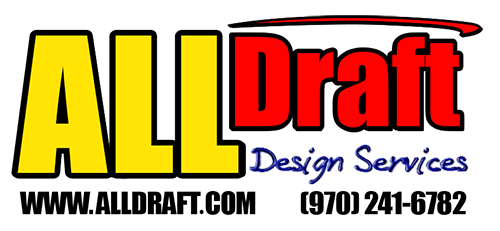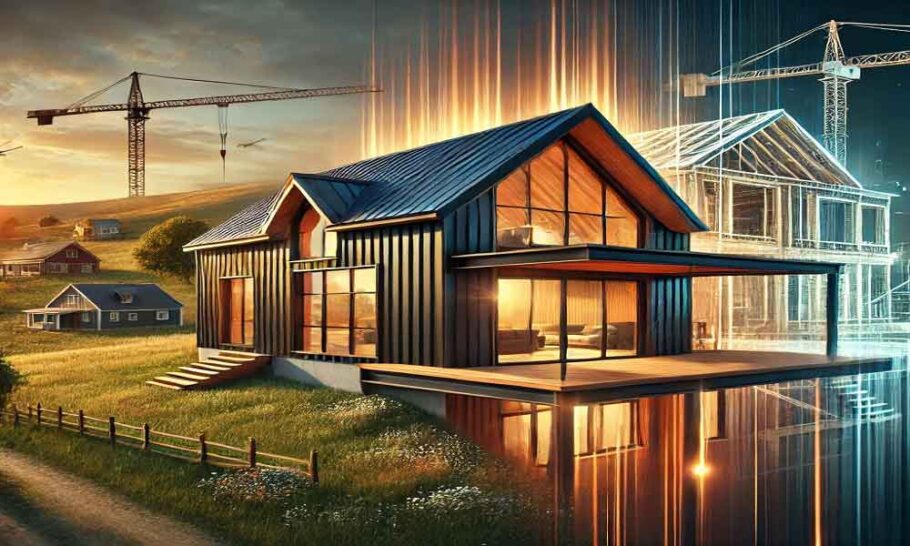Barndominiums are no longer just a niche concept; they’ve become a booming trend in the housing market. These versatile, cost-effective structures—a blend of barns and condominiums—offer homeowners the opportunity to live in unique, customizable, and budget-friendly spaces. As more people prioritize affordability, sustainability, and functionality in their homes, barndominiums are rapidly gaining traction and reshaping the housing landscape. Here’s an in-depth look at why barndominiums are transforming the housing market and what’s driving their popularity.
The Appeal of Barndominiums
Barndominiums’ rising popularity is rooted in their affordability, flexibility, and distinctive charm. Here are the key factors making them a go-to choice for homeowners:
- Cost-Effectiveness
Barndominiums are typically more affordable to build than traditional homes. They often use metal frames and siding, which are less expensive than conventional materials like wood or brick. Additionally, many barndominium kits are available for DIY construction, allowing homeowners to save on labor costs. The savings extend to long-term maintenance, as metal structures are highly durable and require less upkeep.
- Customizability
One of the biggest draws of barndominiums is their flexibility in design. These structures offer open floor plans that can be tailored to fit individual needs, from large family homes to hobby spaces, workshops, or even home offices. Homeowners can mix rustic elements with modern features to create spaces that reflect their personal style.
- Speed of Construction
Barndominiums can be built much faster than traditional homes. Prefabricated kits streamline the construction process, reducing build times to weeks instead of months. This speed is particularly appealing to those looking for a quick transition into homeownership.
- Sustainability
Many homeowners are drawn to barndominiums for their eco-friendly potential. Recycled materials are often used in construction, and the open layouts make them ideal for incorporating energy-efficient systems such as solar panels, insulation, and smart heating/cooling solutions. This combination helps reduce environmental impact and lowers utility bills.
A Solution to Affordable Housing Challenges
The rise of barndominiums comes at a time when affordable housing is a critical issue in many regions. Traditional housing costs have soared, making homeownership out of reach for many families. Barndominiums offer a viable solution by providing cost-effective alternatives that don’t compromise on comfort or quality.
Lower Entry Costs
Compared to traditional homes, the entry costs for barndominiums are significantly lower. Depending on the size and finishes, a barndominium can cost anywhere from $70 to $120 per square foot, compared to the national average of $150 to $300 per square foot for a traditional home. This affordability allows more people to invest in property and build equity.
Flexibility for Multi-Purpose Use
Barndominiums’ multi-purpose nature also makes them attractive for dual-income households, hobbyists, or entrepreneurs. Many barndominiums are designed to include living quarters alongside workshops, garages, or office spaces, allowing homeowners to combine work and leisure in one location. This versatility enhances their value and appeal.
Appeal in Rural Areas
Barndominiums have become especially popular in rural areas, where land is more affordable, and zoning regulations are more flexible. They provide a practical option for families looking to enjoy a quieter lifestyle without breaking the bank.
Impact on the Housing Market
Barndominiums are more than just a passing trend; they are having a tangible impact on the housing market. Here’s how:
- Diversification of Housing Options
Barndominiums are broadening the range of available housing options, catering to diverse needs and budgets. They appeal to retirees downsizing, young families looking for affordable starter homes, and even multi-generational households seeking shared living spaces.
- Increasing Demand for Land
As barndominiums rise in popularity, the demand for land in rural and semi-rural areas is also increasing. This shift is driving economic activity in these regions, as homeowners invest in infrastructure, local services, and businesses.
- Redefining Real Estate Trends
Barndominiums are redefining what modern homeownership looks like. Their combination of affordability, functionality, and style is challenging traditional housing models and encouraging developers to think creatively about new home designs.
- Growth in DIY and Prefab Markets
The demand for barndominiums has spurred growth in the prefab and DIY housing markets. Companies offering barndominium kits, customizable designs, and installation services are thriving, further fueling the trend.
What the Future Holds
The barndominium trend shows no signs of slowing down. As more people discover their benefits, these structures are likely to become even more mainstream. Here are some predictions for the future:
- Increased Customization Options: As demand grows, manufacturers and builders will offer even more customization options, from luxury finishes to smart home integrations.
- Urban Adaptations: While barndominiums are currently more common in rural areas, urban adaptations could emerge, such as smaller, multi-story barndominiums.
- Policy Changes: Local governments may adjust zoning laws and building codes to accommodate the growing popularity of barndominiums, making it easier for homeowners to build them in various locations.
Conclusion
Barndominiums are transforming the housing market by offering an affordable, customizable, and sustainable alternative to traditional homes. Their rise reflects a broader shift toward practicality and individuality in home design, addressing the needs of modern homeowners. Whether you’re drawn to their cost-effectiveness, speed of construction, or unique aesthetic, barndominiums are proving to be much more than a trend—they’re a revolution in the way we think about housing. As this movement continues to grow, it’s clear that barndominiums are here to stay, reshaping the market and redefining what it means to call a house a home.

